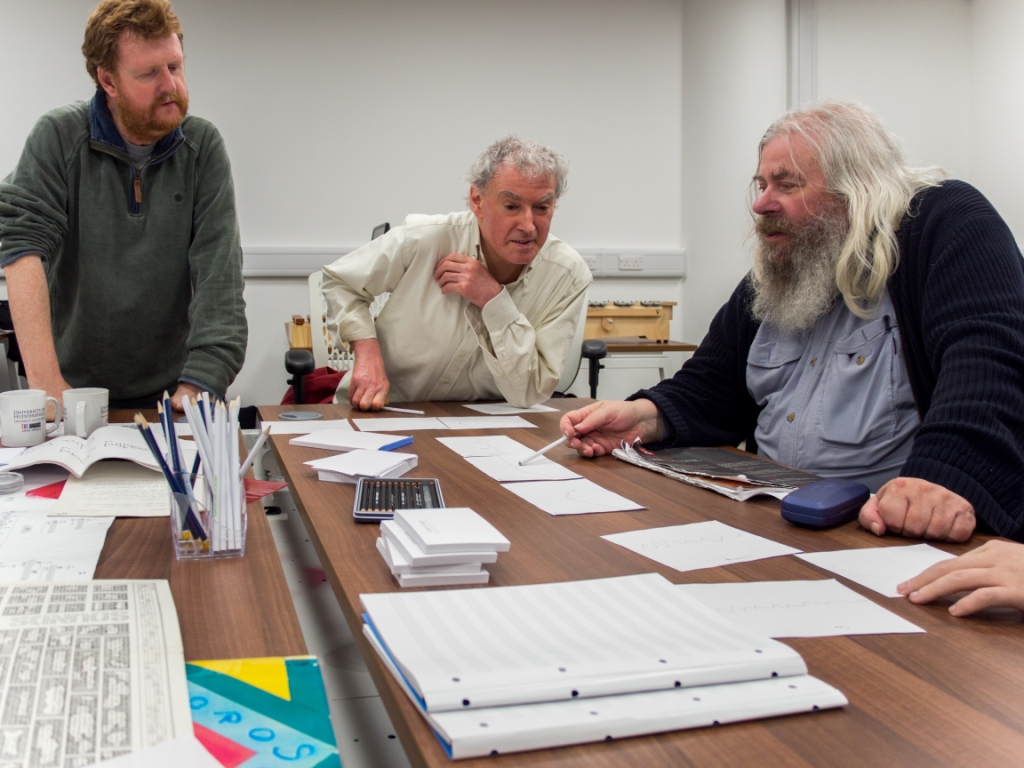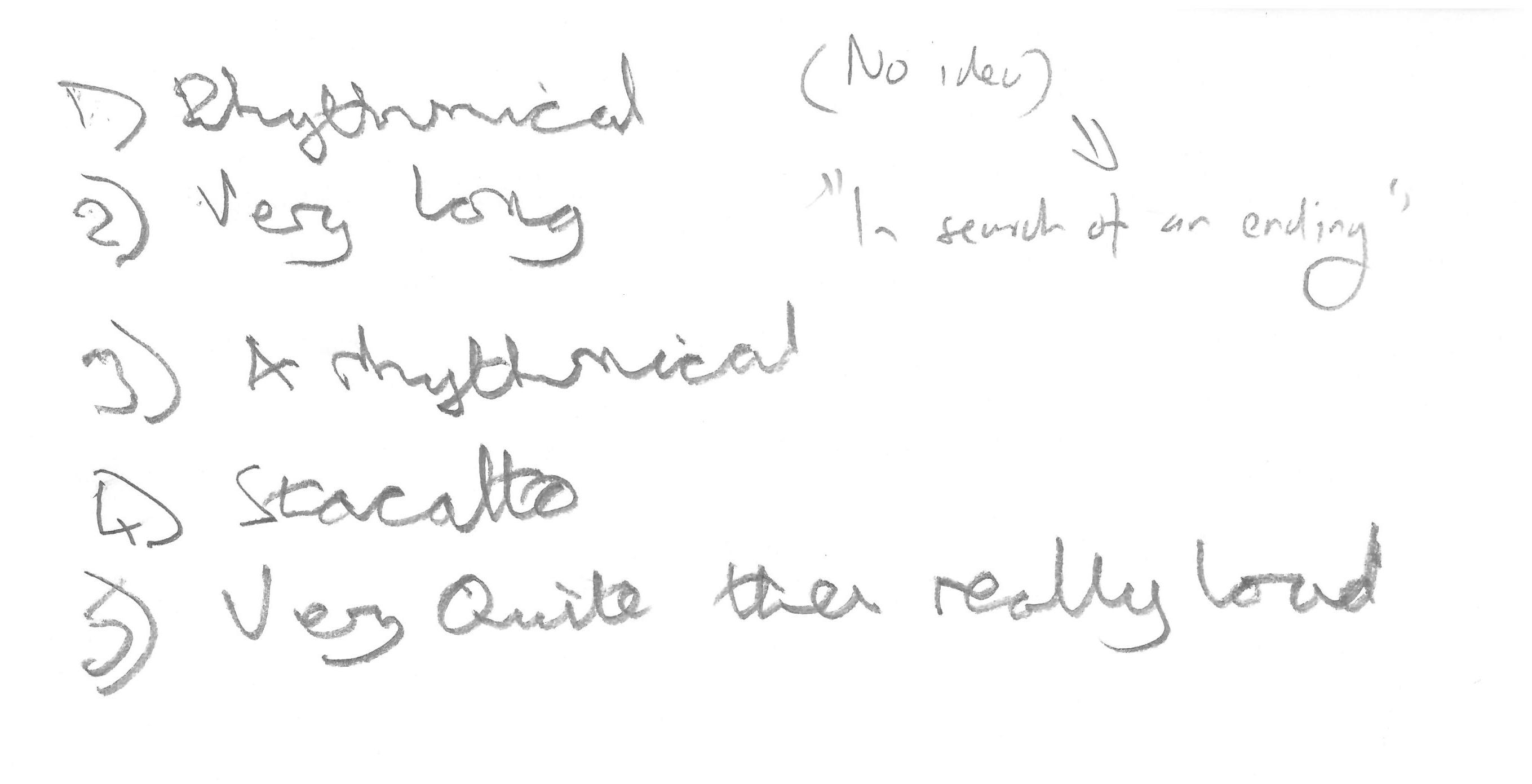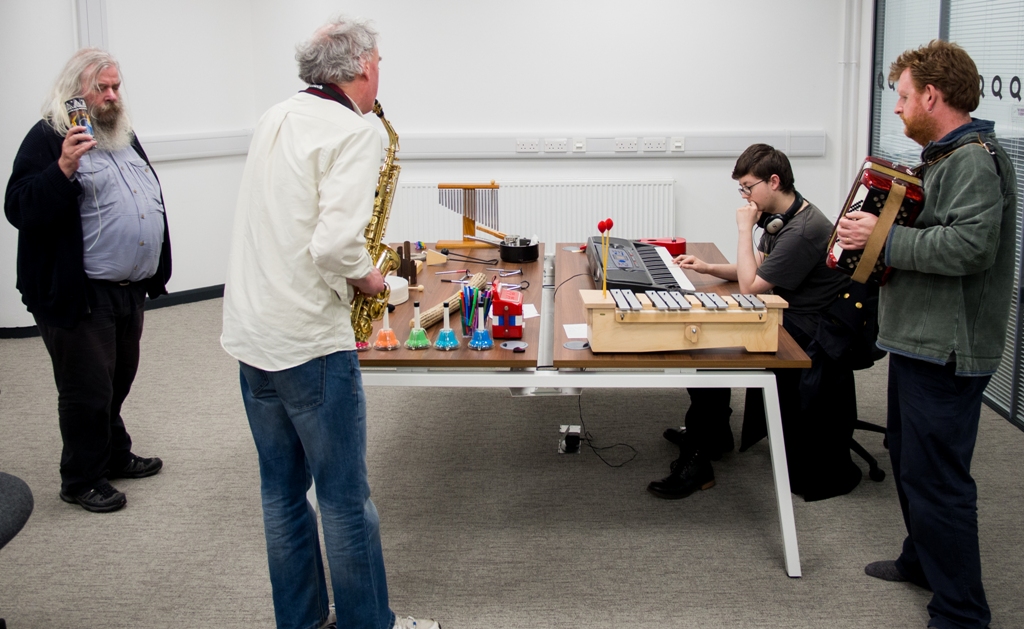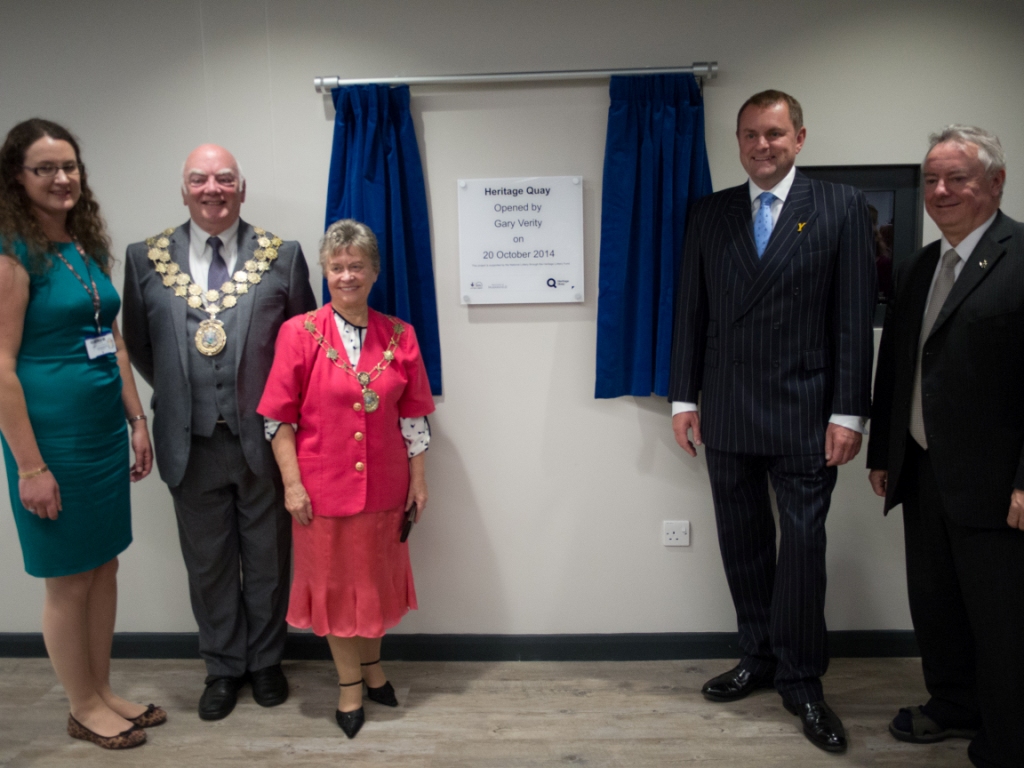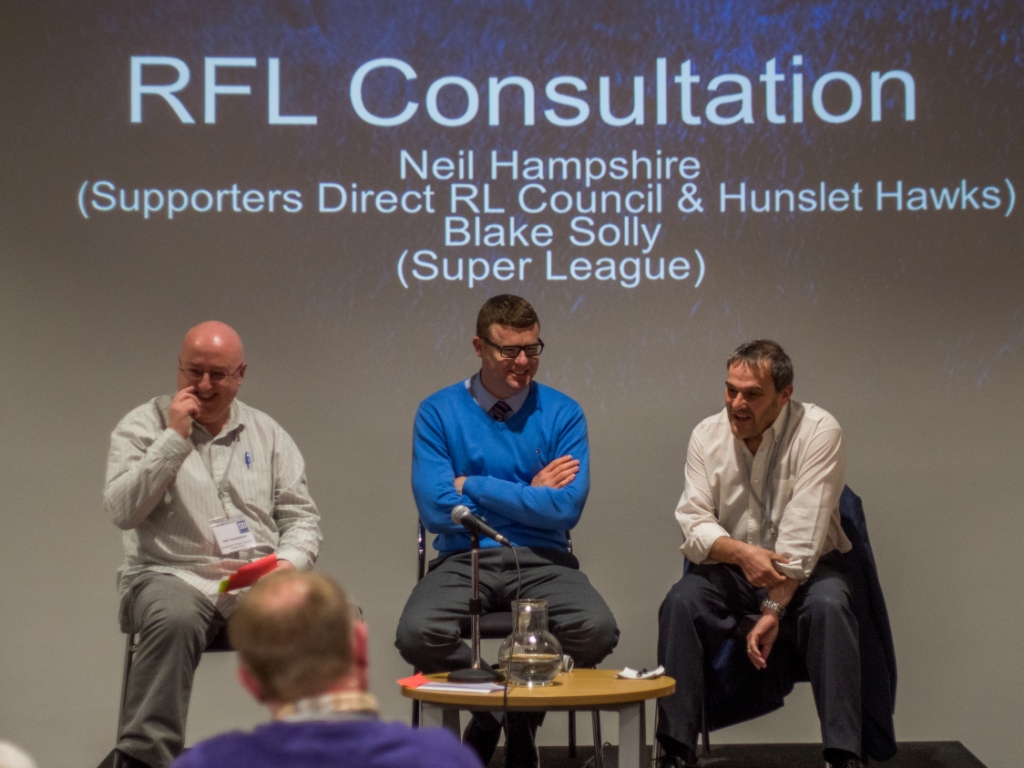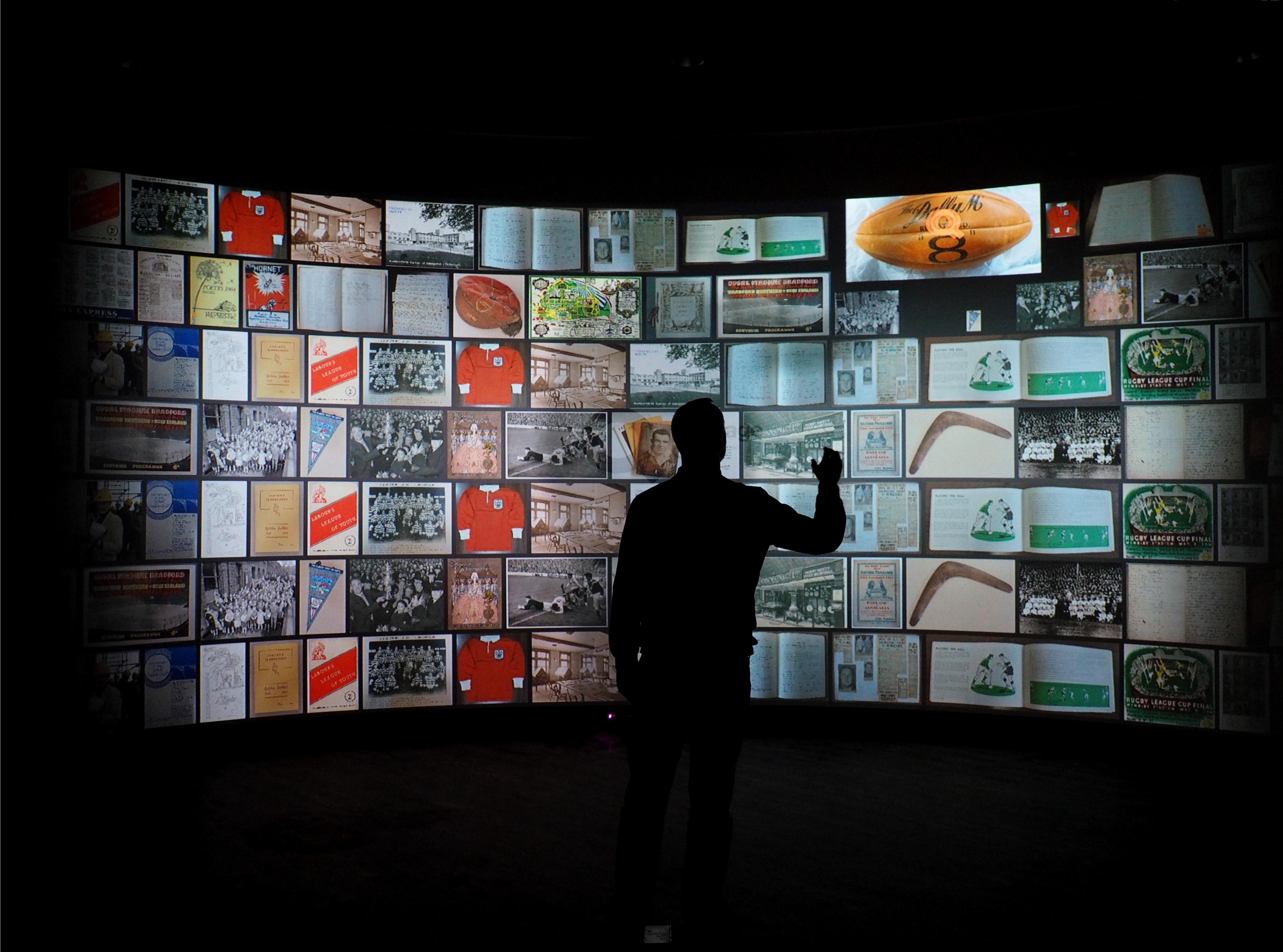Composition for non-Composers workshop
Last Saturday was a momentous day for us here in Heritage Quay – we welcomed our first participants to a workshop: Composing for non-Composers
The session was programmed as part of the Huddersfield Contemporary Music Festival. As regular readers may know, Heritage Quay is the home of the hcmf// and British Music Collection archives, two very significant repositories of contemporary classical music. The theme of the workshop, inspired by these collections, was graphical notation. With the help of Duncan Chapman, a professional musician and composer, the group and I explored some scores from the archives and got some practical tips on how to compose (and play) music written in this way. This is how we got on:
Algebra

https://soundcloud.com/heritage-quay/algebra?in=heritage-quay/sets/composing-for-non-composing
In Search of an Ending
https://soundcloud.com/heritage-quay/in-search-of-an-ending?in=heritage-quay/sets/composing-for-non-composing
Any 1 of 3
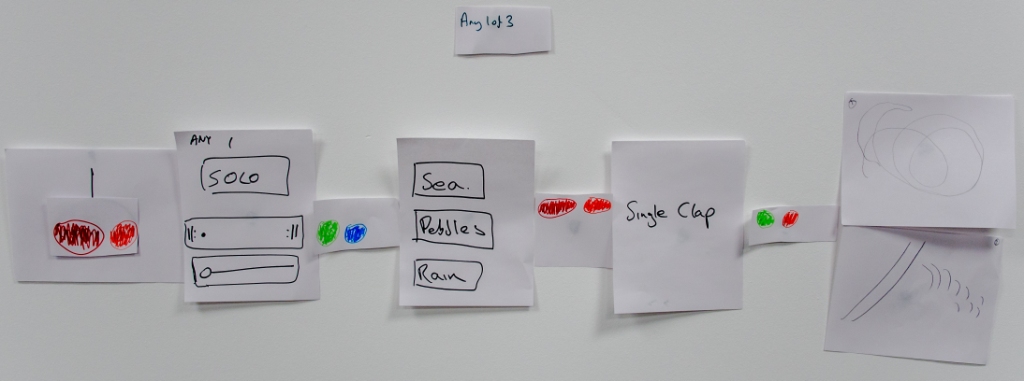
https://soundcloud.com/heritage-quay/any-one-of-three?in=heritage-quay/sets/composing-for-non-composing
Look out for more workshops at Heritage Quay in the new year. If you don’t want to miss out follow us on Twitter @Heritage_Quay or email archives@hud.ac.uk with the subject line “Newsletter”
Dave

